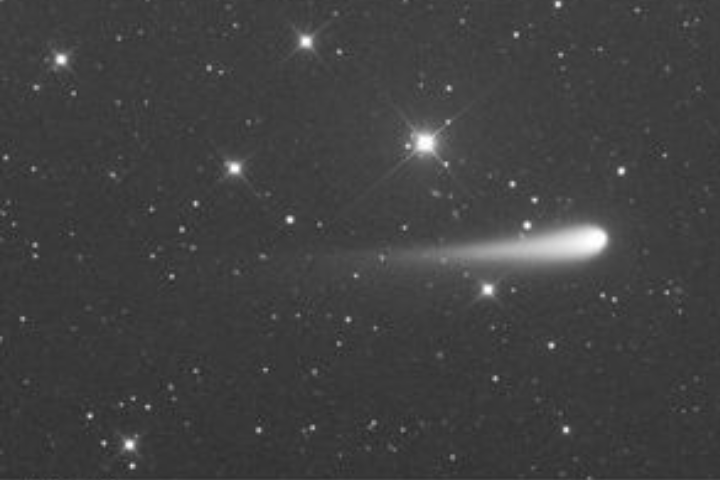Recently, NASA astronaut Matthew Dominick shared a timeline, showing a glimpse of the Comet Tsuchinshan- ATLAS captured from the International Space Station.
Comet Hovering Above Earth’s Atmosphere
The comet, designated C/2023 A3 Tsuchinshan-ATLAS, is recently moving towards the sun. Dominick observed it hovering above Earth’s atmosphere as it travels toward the center of our solar system.
The astronaut noted that the comet appears as a fuzzy ball to the naked eye, but it began to take on a distinct shape when viewed with advanced camera features.
“So far Comet Tsuchinshan-ATLAS looks like a fuzzy star to the naked eye looking out the cupola windows. But with a 200mm, f2 lens at 1/8s exposure you can really start to see it. This comet is going to make for some really cool images as it gets closer to the sun. For now a time lapse preview,” wrote Dominick, commander of the SpaceX Crew-8 mission, in a post on X, reported by Wionews.
Earlier Dominick has also posted pictures of auroras over Earth and a meteorite entering our planet along with several others.
Comet Tsuchinshan-ATLAS was discovered in 2023 by the Asteroid Terrestrial-impact Last Alert System (ATLAS) in collaboration with the Tsuchinshan Chinese Observatory, part of the Purple Mountain Observatory of the Chinese Academy of Sciences.
Expecting To Be Visible To Earthlings
In October the comet will be ready to return toward Earth, expecting to be visible to Earthlings. It revolves in a retrograde orbit around the sun, in the opposite direction to asteroids and planets.
This led researchers to determine that it originated from the Oort Cloud, a hypothetical region beyond Neptune’s orbit, recognized as the birthplace of long-period comets that journey into the inner solar system.
Comet Tsuchinshan-ATLAS is traveling at a speed of 180,000 mph toward the sun. After reaching this region, it will begin its return journey, passing Earth as it exits the solar system. The comet will be closest to the sun on September 27, and will reach its nearest point to Earth on October 12, when it will be about 70.6 million kilometers (43.9 million miles) away. It is expected to be so bright that it may outshine Jupiter.
Some reports indicate that the comet may disintegrate as it approaches the sun. Astronomer Zdenek Sekanina noted that at a distance of 58.6 million kilometers (36.4 million miles) from the sun, the comet is expected to fizzle out due to outgassing. “The comets of this class have a tendency to disintegrate if they are intrinsically faint and depleted in dust by the time they are near 1 AU from the Sun,” Sekanina stated.
But later reveals that it is completely fine and intact.





GIPHY App Key not set. Please check settings